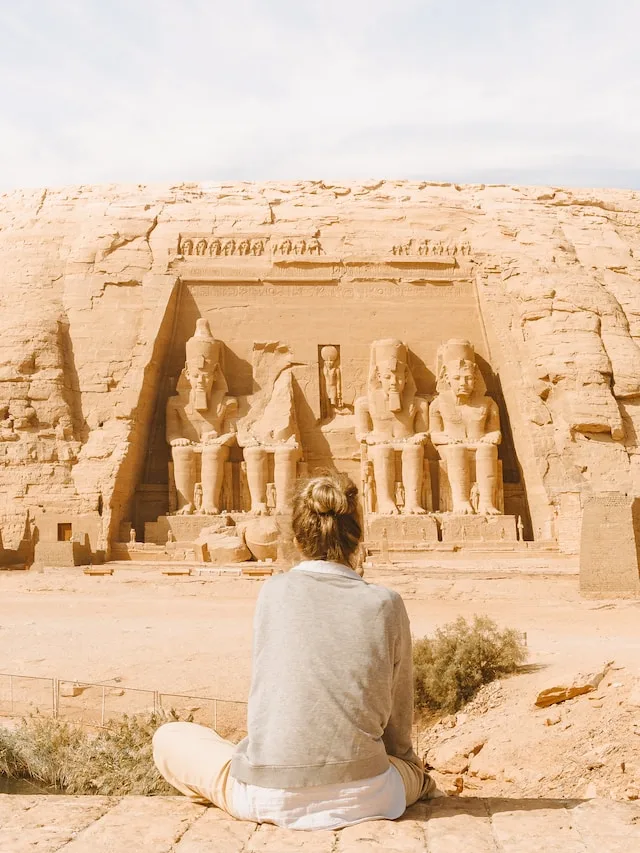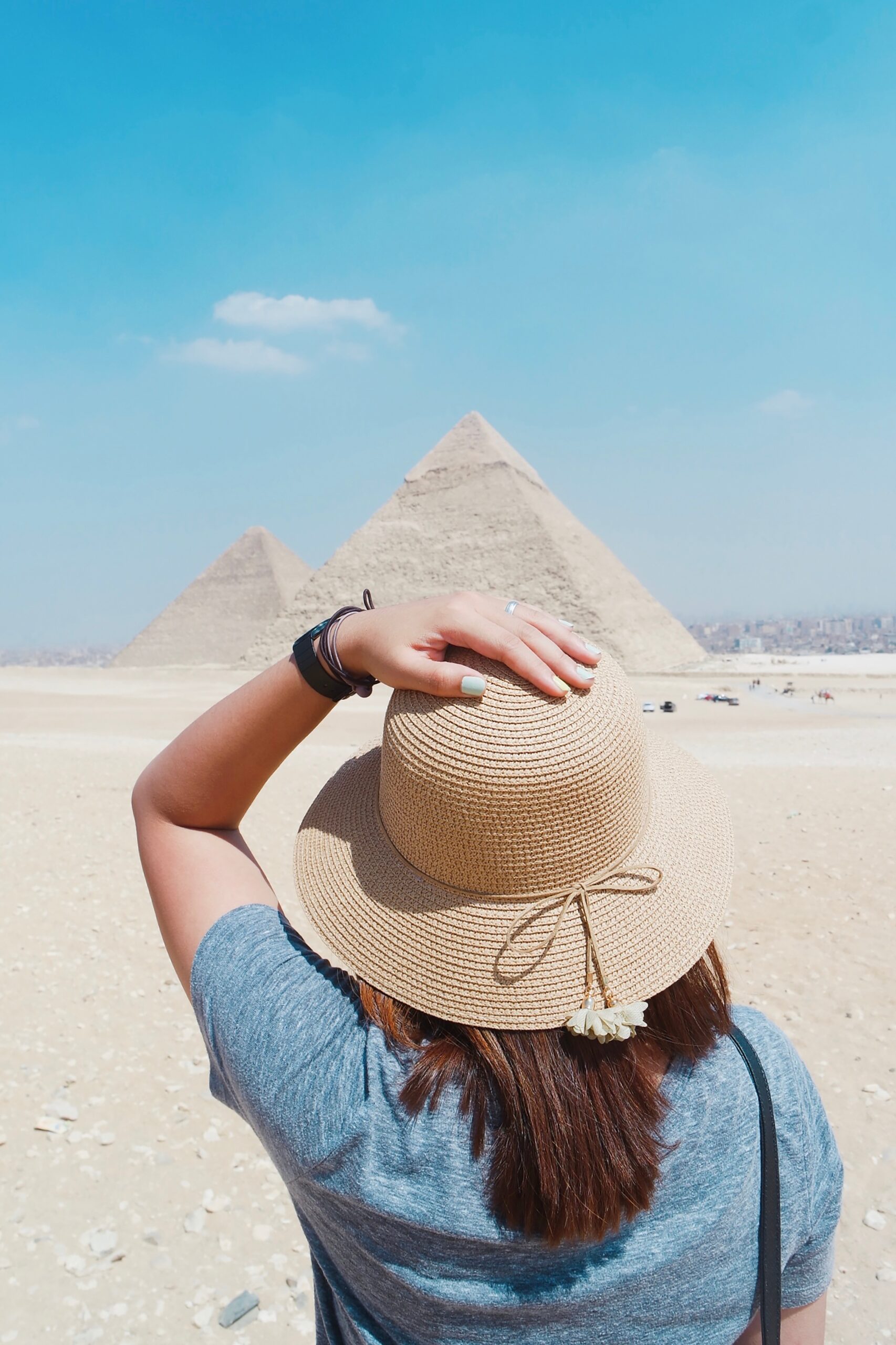Ancient Egypt | Top 20 weird practices
Ancient Egypt is a civilization that has fascinated people around the world for thousands of years. From their impressive pyramids to their intricate hieroglyphics, the ancient Egyptians were known for their complex culture. However, some of their practices were quite bizarre and in some cases, downright strange!
1- Crocodile dung in ancient Egypt
2- The power of urine


3-Mummification in ancient Egypt
4- Animal worship
5- Ancient Egyptian Scarification
6- Dwarfism in ancient Egypt
Dwarfism was not uncommon in ancient Egypt and was even seen as a symbol of divinity due to the belief that gods and goddesses could take on different forms, including that of a dwarf. Some famous examples of dwarfism in ancient Egypt include the court dwarf Seneb, who served during the reign of Pharaoh Khufu, and the goddess Bes, who was depicted as a dwarf with a fierce expression and protective nature. Despite being prized for their appearance, little is known about the daily lives of dwarfs in ancient Egypt. However, they were often employed in specialized roles, such as entertainers, dancers, and even advisers to the pharaoh. Nevertheless, as with many disabilities throughout history, the exact experiences of people with dwarfism in ancient Egypt are largely unknown and left to speculation.


7- Shabti figurines
8- Ostrich egg jewelry
9- Cat burial in ancient Egypt
10- Sun worship
11- Tomb paintings in ancient Egypt


12- Artificial cranial deformation
13- Magic and spells
14- Water clocks in ancient Egypt
15- Kohl eyeliner
16- Beer for the dead


17- Mummified animals
18- Ancient Egyptian amulets
19- Harem conspiracy
20- The Book of the Dead

Subscribing to our newsletter today will allow you to begin exploring our lovely globe! You can unsubscribe at any time.

Download our e-book: "18 ways to overcome culture shock" for FREE
